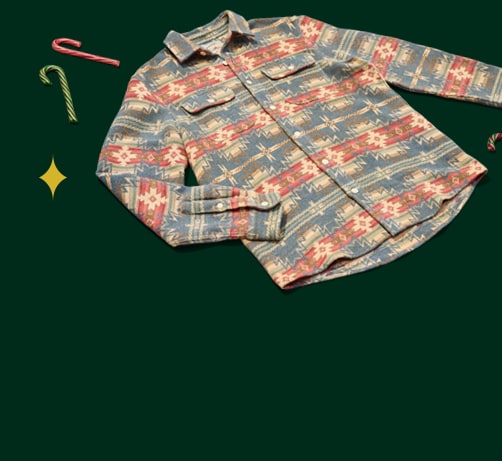
We ask a lot of our backcountry tents. They need to protect us from rain, wind, and bugs of course. And they should also be light, packable, spacious, durable, and well-ventilated. Bright and cheery as well—who needs a gloomy tent in a storm? The good news: You really can have it all with the best new backpacking tents. There are tradeoffs between models, naturally, with some favoring low weight over space and vice versa. But understand the various features and materials and ask yourself the following questions, and you’re guaranteed to get what you need.
How much space do you need?
Start here because nothing is worse than squeezing into a tent that doesn’t have enough space. And it’s not just a matter of getting a two-person tent for two people. When shopping, crawl inside and check fit. Can you place your sleeping pads inside without overlap? Is there enough headroom? Consider these size categories and factors:
One-person tent: How often do you go backpacking alone? If you go a lot, great, a one-person tent makes sense. They’re generally the lightest models simply because they’re the smallest, with options as low as 1 to 2 pounds. But if you only need a solo tent occasionally, a more versatile option is a lightweight two-person tent. An ultralight two-person tent could weigh as little as 3 pounds or even less, which is light enough for solo trips, but it accommodates two campers—so it’s like getting two tents in one.
Two-person tent: You’ll find the most variety in this category, since most people want a two-person tent, prompting brands to make models that span a variety of weights, protection, space, and prices. If you like a lot of extra room for gear, card games, a dog, or just sprawling out, you might want a tent made for three. You can find ultralight models that provide exceptional space for just a pound or so extra.
Three-person tent: These tents are great for trios, of course, but also parents with young kids, backpackers with a dog, and duos who simply need a little more elbow room. Remember that with three people, the door design is critical so you’re not crawling over each other to get in and out.
Four-person tent: Families will appreciate tents this big. But check the math: Your group might carry less overall weight with a pair of two-person tents than one big one.
What kind of weather do you expect?
Get a tent for the conditions you’ll see most often. If you mainly camp in summer and fall, with only occasional rain and moderate temperatures, you don’t need a heavy mountaineering tent. If you live in the Pacific Northwest, you’re going to want a full-coverage fly and a roomy vestibule for wet gear. Here are the two categories of protection you should consider (some tents are also marketed as summer models; these generally don’t have the weatherproofing you want in the backcountry).
Three-season tents: These tents work well for the majority of backpackers. They’re made for spring-through-fall conditions, with enough protection for pretty serious rain and wind. There’s a big range in stability and weatherproofing, however, so check a tent’s wind protection by leaning on it. Does it bend easily or can you feel the stability of the pole structure? Does the fly cover the tent completely or are there any gaps where wind-drive rain can get in?
Winter Camping Tent: If you’re heading into high-altitude terrain and/or snow camping, a winter tent will be durable and stable enough to handle high winds and heavy snow loads, and usually has the space to hold extra winter gear. They also have less mesh and thicker fabrics, which boost insulation. These tents are heavier and more expensive than three-season models, but if you need the extra protection, you don’t want to take any shortcuts.
Tip: If you’re really tempted by that Everest-worthy tent because heck, you might go to Everest someday, remember that you can always rent a tent for special occasions.











































































































































































